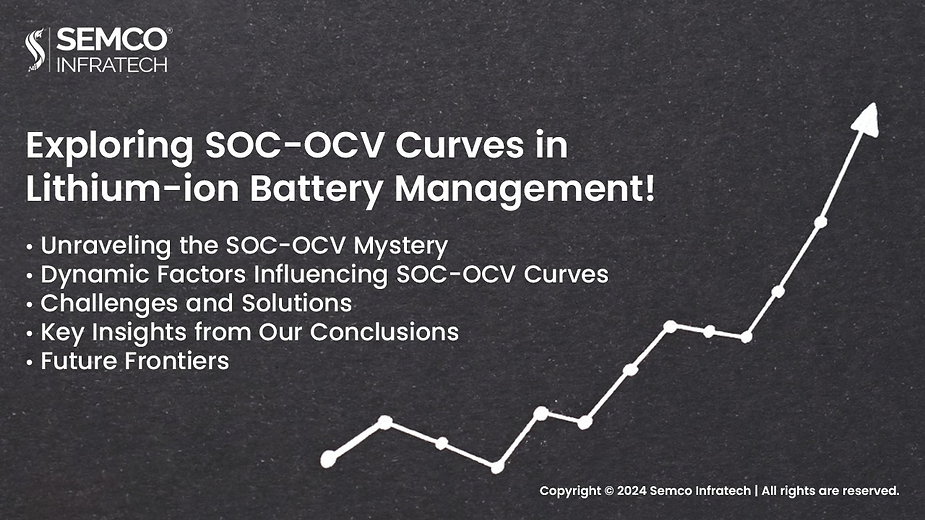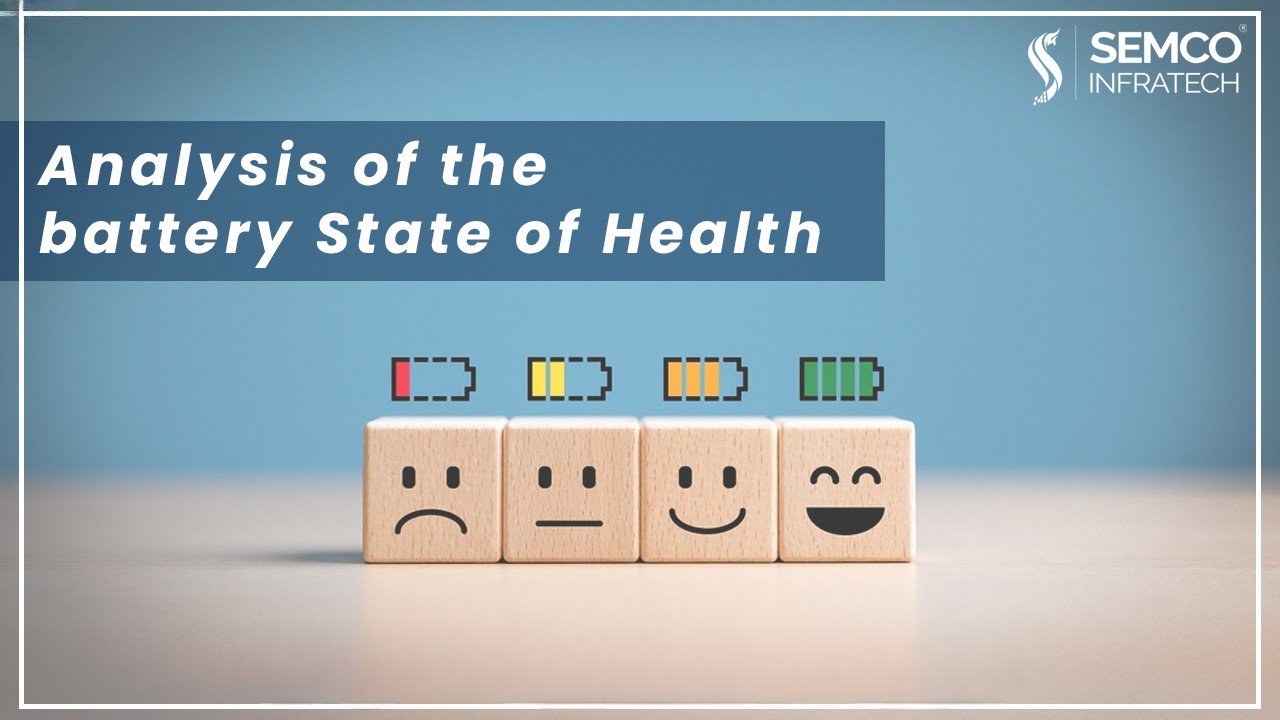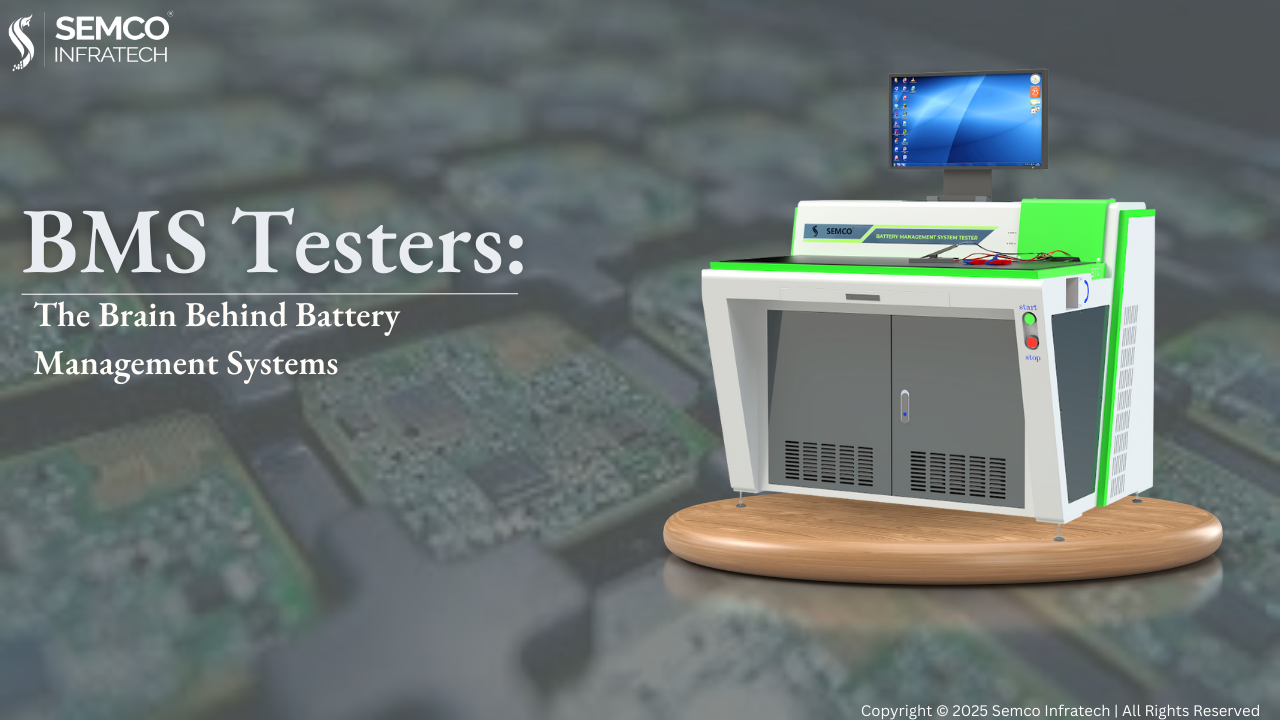In the rapidly evolving world of lithium-ion battery technology, understanding the SOC-OCV Curve (State of Charge – Open Circuit Voltage) is crucial for optimizing battery management systems (BMS) and enhancing battery performance. This blog delves into the significance of SOC estimation, the relationship between Open Circuit Voltage (OCV) and State of Charge (SOC), and how these concepts play a pivotal role in the effective management of lithium-ion batteries.
Unraveling the SOC-OCV Mystery
The SOC-OCV curve is a fundamental tool for estimating the state of charge in lithium-ion batteries. By analyzing this curve, we can gain insights into how voltage changes with varying levels of charge. This relationship is essential for accurate battery state estimation techniques and informs the development of advanced battery management systems.
Our research highlights that precise SOC-OCV calibration is vital to understanding battery behavior, especially around critical SOC levels like 60%. Factors such as active materials, capacity attenuation, and silicon doping can significantly influence the curve’s shape and behavior.
Dynamic Factors Influencing SOC-OCV Curves
Several dynamic factors impact the SOC-OCV curves, including:
- Active Materials: The type of materials used in the battery, such as lithium iron phosphate and graphite, significantly affects voltage characteristics and overall performance.
- Battery Types: Different battery chemistries exhibit unique SOC-OCV relationships. Understanding these differences is crucial for effective performance analysis.
- SOC Adjustment Parameters: The direction in which SOC is adjusted during charging or discharging can alter the OCV readings, making it essential to consider these parameters in battery management algorithms.
- Negative Silicon Doping: This innovative approach can enhance battery performance but also complicates the SOC-OCV relationship, particularly during phase transformations.
Challenges and Solutions
The complexity of the SOC-OCV curve, especially near 60% SOC, presents challenges for accurate voltage measurements. The voltage step observed in this region is primarily due to phase transformations in negative graphite. Our research addresses these challenges by providing insights into how various factors contribute to the curve’s behavior, ultimately leading to improved battery health monitoring and degradation analysis.
Key Insights from Our Research
Our findings reveal that while the full battery OCV is determined by material properties, the shape of the SOC-OCV curve is influenced by several factors:
- Active Material Differences: Variations in active materials can lead to distinct voltage characteristics.
- SOC Regulation Direction: The method of adjusting SOC impacts OCV readings and must be carefully managed.
- Charge and Discharge Cycles: These cycles affect battery capacity over time, influencing both SOC estimation and OCV measurements.
- Role of Negative Electrode: The negative electrode’s composition, particularly concerning silicon doping, plays a crucial role in shaping the SOC-OCV curve.
Future Frontiers in Battery Management
As we continue to explore lithium-ion battery technology, our research paves the way for future advancements in battery management systems. By enhancing our understanding of SOC-OCV mapping for energy storage systems, we can optimize battery performance and contribute to cleaner, more efficient energy solutions. In conclusion, comprehending the intricacies of SOC-OCV curves is essential for anyone involved in lithium-ion battery technology. As we push forward into a future powered by sustainable energy solutions, mastering these concepts will be key to ensuring that our batteries perform optimally throughout their lifecycle. Whether you are a researcher, engineer, or enthusiast, staying informed about these developments will empower you to contribute meaningfully to this dynamic field.






